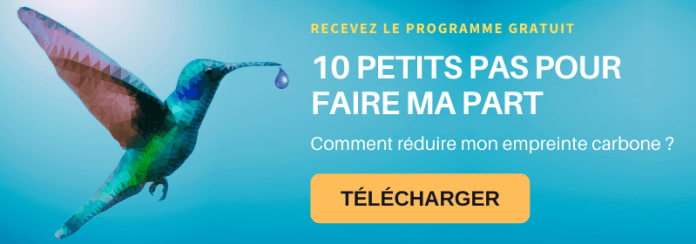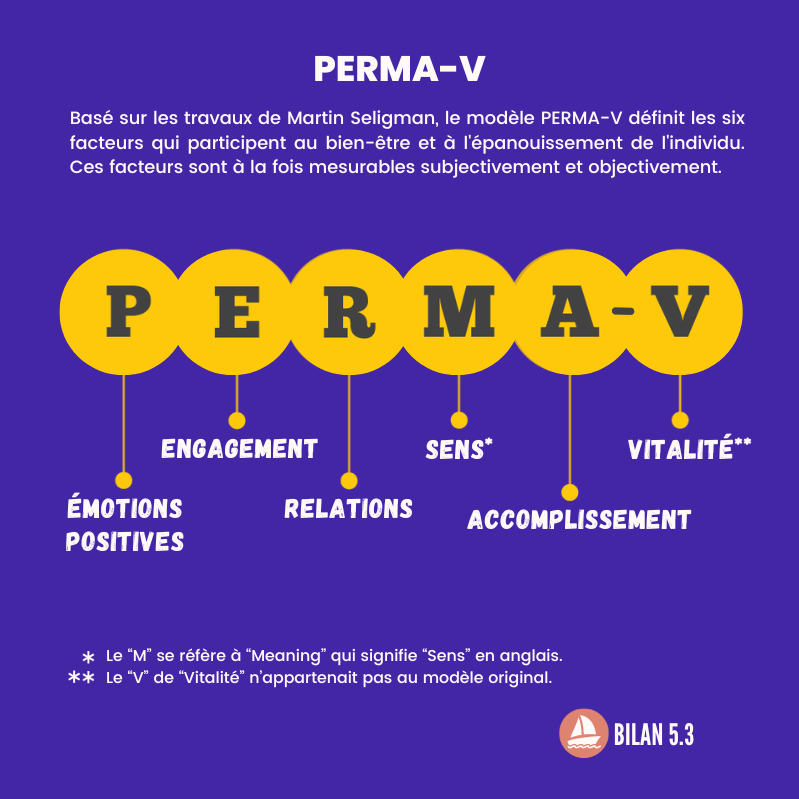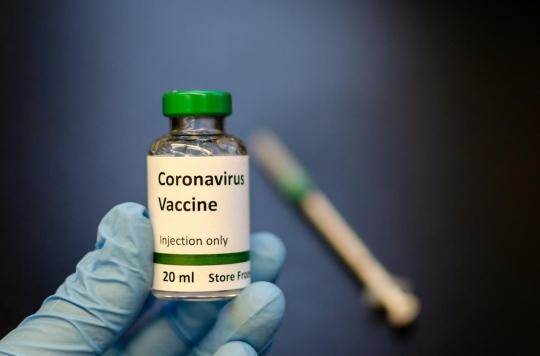The concept of circular economy is simple in theory: moving from a disposable society to a sustainable one. It is about doing better with less, as opposed to the classic model of the linear economy (extract, produce, consume and throw away). What are the main principles? Here are the 7 pillars of the circular economy.
The circular economy aims for a sober and more efficient management of resources. It consists of a set of eco-responsible practices that offer change the production model and consumption. Move from linear to a circular model, in which each step reduces the use of resources and the generation of waste.
The circular economy, how does it work?
The circular economy goes much further than recycling. She wants to transform what was considered waste by the linear model in resources in this new system. It must be said that the linear economic model (extract, produce, consume and throw away) has long since shown its limits.
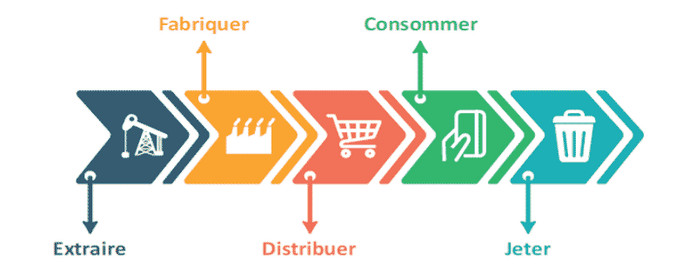
It has dramatic consequences for the environment and obvious impacts for businesses. They are increasingly faced with a resource depletionan increase in the price of raw materials and disruptions in supply.
All stages of production cause pollution in the air, water and soil and generate greenhouse gas emissions, which increases global warming. The acceleration in consumption generates an increase in the volumes of waste to be treated, of which only a tiny part is recycled.
This awareness has started to move this model towards a circular economy, which advocates more virtuous methods and means of production and consumption.
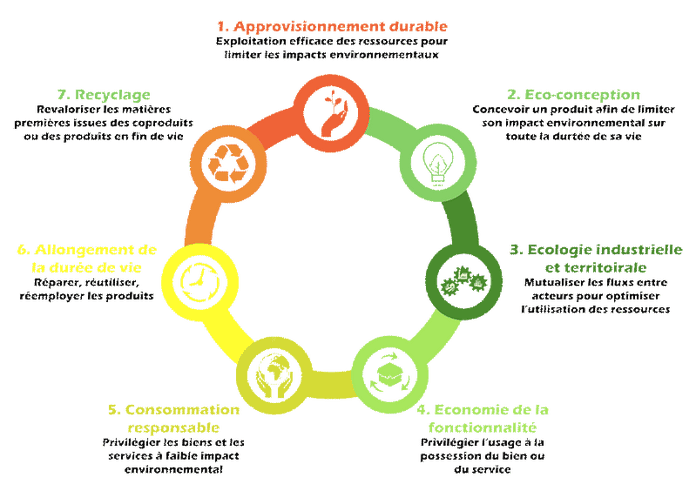
The circular economy suggests reconsidering production and consumption methods to optimize the use of raw materials, water and energy. Its objective is to limit the production of waste and reduce the impact on the environment. When the product becomes unusable, it is a matter of reusing or recycling the waste that has been generated all the same.
The circular economy takes into consideration all stages of the life cycle of a product: the extraction or harvesting of raw materials and the production of the necessary energy, the design, manufacture, packaging, transport, use by households and industrialists, sorting and treatment of this product finally life.
What are the 7 pillars of the circular economy?
The circular economy is based on 7 pillarsstarting from the supply of products to moving towards waste management, passing through consumer demand.
1. Sustainable Sourcing
At the beginning of the chain, it is a matter of relying on sustainable extraction, exploitation or purchasing channels. Supplies must be economically viable, livable for the environment and socially equitable. They must not endanger future generations. In the field of catering, for example, we give preference to food from agriculture that respects life and the people who produced it.
2. Ecodesign
Right from the design stage and at all stages of the life cycle, eco-design makes it possible to minimize the environmental footprint of a product, by anticipating the negative impacts and seeking to reduce them. It concerns the choice of raw materials, the manufacturing process, the mode of transport, the packaging or the end of the product cycle.
As a consumer, we can choose products so that they are as durable as possible. A water bottle rather than a bottle of water, to take a simple example.
3. Industrial and territorial ecology
According to ADEME, this pillar aims to “optimize resources in a territorywhether energy, water, materials, waste but also equipment and expertise, via a systemic approach inspired by the functioning of natural ecosystems.”
This “industrial symbiosis” is none other than permaculture applied to relations between companies: the waste of some is the resources of others. For example, the design mark FabBRICK imagined bricks designed from recycled and compressed fabrics, for sound or heat insulation. Nothing is lost, everything is transformed !
Consumer roles in the circular economy
4. The functional economy
Best way to fight against overconsumption, the functional economy promotes use rather than possession. Why buy this raclette machine that we take out of the closet two or three times a year or this powerful drill which, according to ADEME, will only turn on average 12 minutes in its lifetime?
The French site Kiwiiz connects individuals who wish to offer DIY and gardening tools, baby equipment or services such as pet sitting and those who wish to benefit from them in the neighbourhood. Smart!
5. Responsible consumption
On the consumer side, it is a question here of buying in conscience and adopting Happy Sobriety, Pierre Rabhi’s version. Do I really need this item? If so, can I buy it in a sustainable version (reconditioned, second-hand, recycled, etc.)? By our choices to consume (or not to), we have the power to choose the circular model rather than the linear one.
6. Extension of the duration of use
Repair, reuse, reuse: here are the winning “3 Rs” for extending the life of objects, in a consumer society where planned obsolescence is flourishing. For example, the Recycling imagined a shared repair workshop of objects that meets the principles of the circular economy!
7. Recycling
The last of the 7 pillars of the circular economy is at the end of the chain, it is the recycling. It should be used as the last resort possible to close the loop. When we know that only 14% of used plastics are collected and then recycled, we understand that it is essential to reduce the production of waste, by relying first on the first six pillars.
Now that you know the 7 pillars of the circular economy, it’s up to you to become a link in this essential chain for our future.
